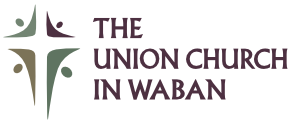There are two lectionary sources that we most often use: 1) the Revised Common Lectionary, and 2) the Narrative Lectionary.
The Revised Common Lectionary which is a three-year cycle of weekly readings used by the vast majority of mainline Protestant churches in Canada and the United States. The years are referred to as Year A, B and C. The years begin on the first Sunday in Advent and run through the last Sunday of the liturgical year. The Gospel readings for each year come from one of the synoptic gospels according to the following pattern: Year A – Matthew; Year B – Mark; Year C – Luke with readings from the Gospel of John throughout the year. We are currently in Year B and for this reason most of our Gospel passages this spring have come from the Gospel of Mark.
The texts show the breadth and variety of voices within Scripture. They invite people to hear the stories of Abraham and Sarah, Moses and the prophets, Jesus, and Paul. Listening to the many different voices within Scripture enriches preaching and the life of faith. The texts include the major episodes in Scripture. They are arranged in a narrative sequence to help people see Scripture as a story that has coherence and a dynamic movement:
- From September to mid-December the preaching texts begin with the early chapters of Genesis, move through the stories of Israel’s early history, the exodus, the kings, prophets, exile and return.
- From Christmas to Easter there is sustained reading of one of the four gospels
- From Easter to Pentecost the texts are chosen from Acts and Paul’s letters.
While utilizing either the Revised Common Lectionary or the Narrative Lectionary provides guidance and thematic unity for the readings, preachers at The Union Church in Waban also have the discretion to choose Scripture that is not from either lectionary.
